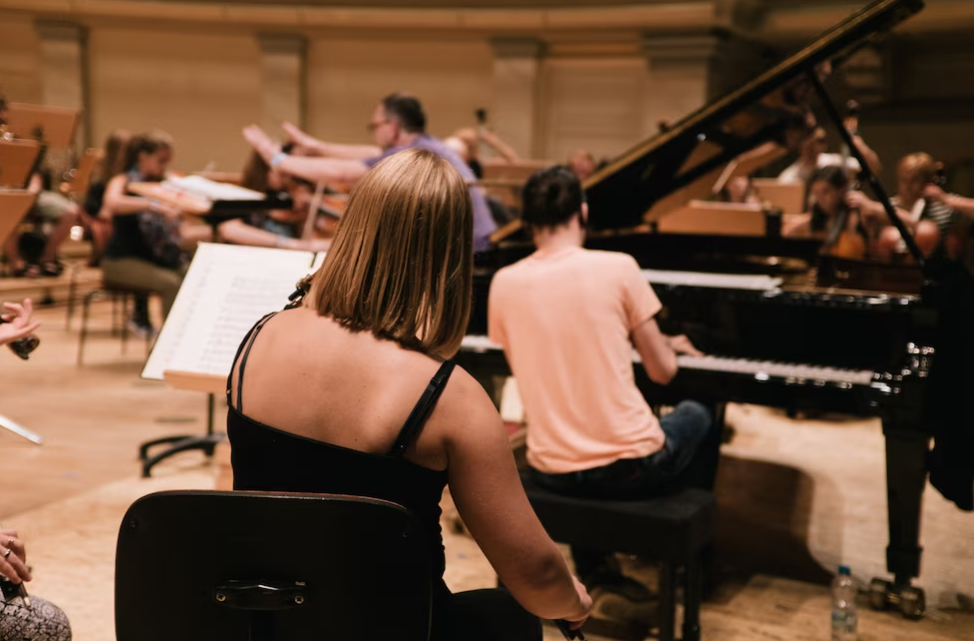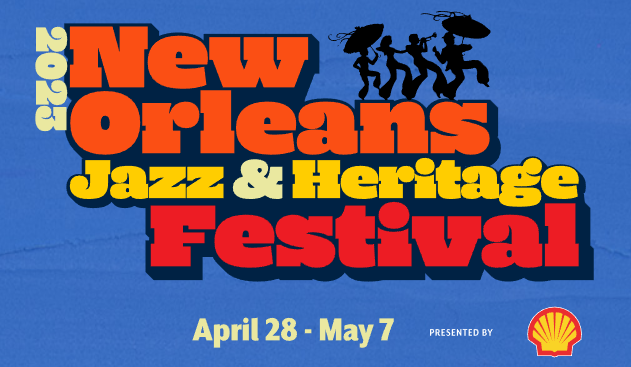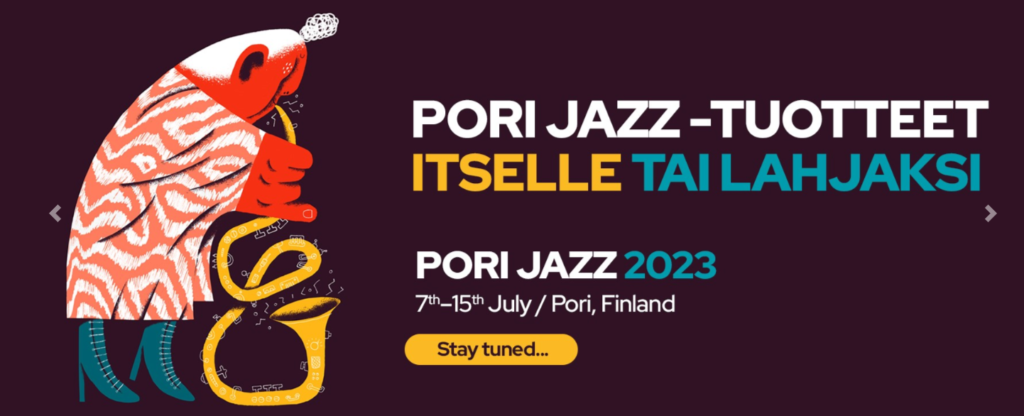Jazz Pianists in the 1980s

The 1980s were a transformative era for jazz pianists, as the genre saw an infusion of new talent and innovative approaches to playing the instrument. From Wynton Marsalis to Keith Jarrett, this decade produced some of the most iconic and influential jazz pianists of all time.
-
Wynton Marsalis: A Trailblazer in Jazz Music
He is widely regarded as one of the most influential jazz musicians of the 20th century. He burst onto the scene in the early 1980s with a fresh and innovative sound that drew heavily on the traditions of jazz while incorporating new and exciting elements. His virtuosic trumpet playing and unique compositions quickly made him a household name and inspired a new generation of jazz pianists.
-
Keith Jarrett: Blending Jazz and Classical Music
He is a true pioneer in the world of jazz piano. His unique approach to the instrument, which draws heavily on both jazz and classical music, has made him one of the most respected and revered pianists of all time. In the 1980s, Jarrett continued to push the boundaries of what was possible on the piano, releasing a series of critically acclaimed albums that showcased his unparalleled skill and creativity. -
Herbie Hancock: A Master of Jazz Fusion
He is another legendary jazz pianist who made a huge impact in the 1980s. Known for his pioneering work in jazz fusion, Hancock’s music combined elements of jazz, funk, and rock to create a sound that was entirely unique. His innovative use of synthesizers and other electronic instruments helped to shape the direction of jazz music for years to come. -
Chick Corea: Exploring New Frontiers in Jazz Piano
He was another pianist who pushed the boundaries of what was possible on the piano in the 1980s. His unique blend of jazz, fusion and classical music earned him critical acclaim and a loyal following of fans. -
McCoy Tyner: A Force to be Reckoned With
He was already a jazz legend by the time the 1980s rolled around, having played with John Coltrane in the 1960s. But Tyner continued to make his mark in the world of jazz piano throughout the decade, releasing a series of stunning albums that showcased his immense skill and creativity. His use of modal harmony and unique chord progressions helped to set him apart from other jazz pianists of the time.
In conclusion,
The ’80s were a groundbreaking era for jazz pianists, with a new generation of talented musicians pushing the limits of the piano. From Wynton Marsalis to McCoy Tyner, the legacy these musicians created continues to inspire and influence jazz musicians today. Whether you’re a fan of traditional jazz or more experimental styles, the 1980s were a time of incredible innovation and creativity in the world of jazz piano.




